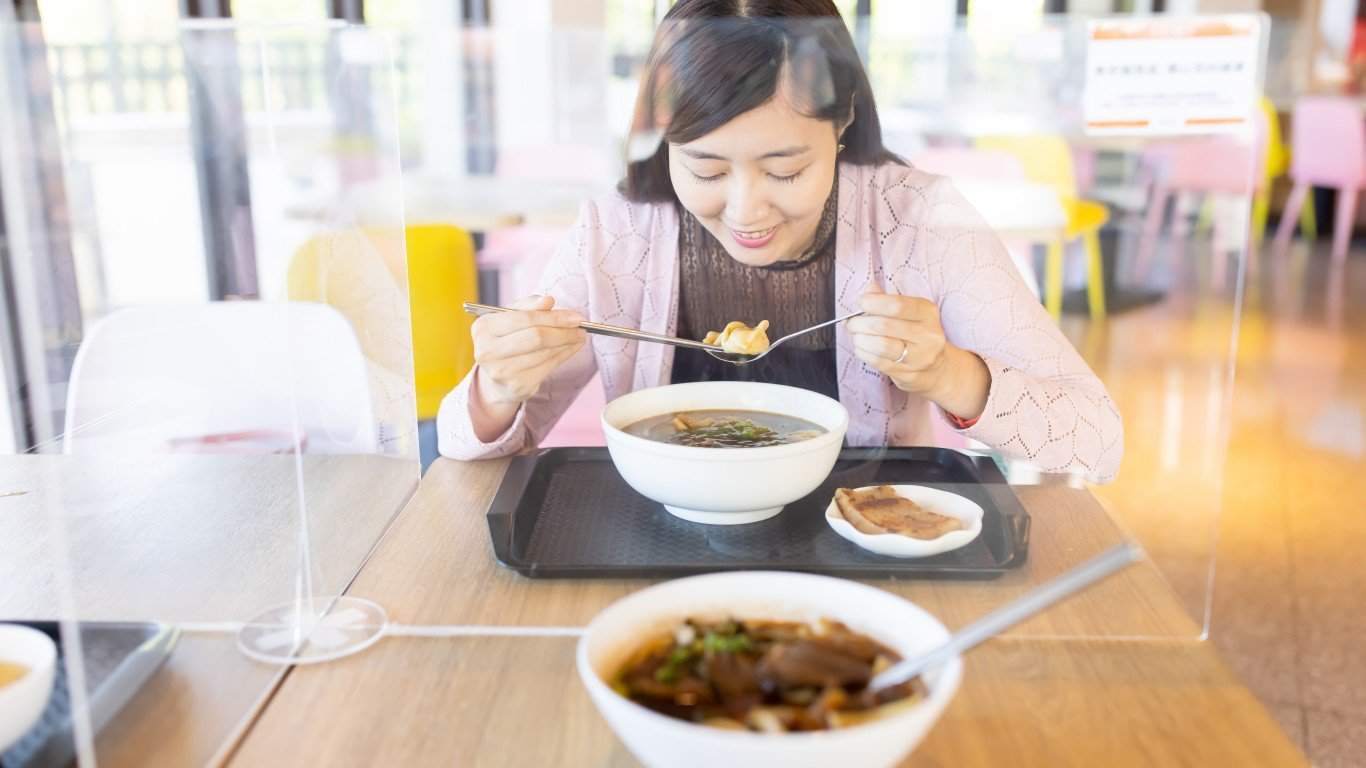There’s no shortage of folks out there who love telling people what foods they should avoid. The vast majority of the time, these foods are blatantly obvious and are usually just foods that are unhealthy. It’s common knowledge by now that if something is extremely salty, it contains a lot of sodium, and eating a lot of sodium isn’t good for you (“so avoid French fries and bacon!”); and that if something is extremely sweet, it contains a lot of sugar, and eating a lot of sugar isn’t good for you (“so avoid sugary breakfast cereals and cake!”). But if you’re out at a restaurant, there are actually some foods that might not be a great idea to order for legitimately practical reasons.
There are a handful of objectives we usually unconsciously keep in mind when we decide to go out for a meal. First, we want to get a good value for our money. Second, we want food that’s better than what we can whip up at home. Third, if we’re planning on ordering a couple of courses, we don’t want to be stuffed to the gills by the time the entrees arrive. We probably want to avoid sources of potentially thousands of hidden calories of we can avoid it. And perhaps most importantly, we don’t want to end up with a nasty case of food poisoning. By choosing to not order these foods, we minimize the risk of failing at these objectives.
You’re of course welcome to order whatever you want when you go out to dinner. It’s your right, after all, and we’re not in the business of shaming anybody for their restaurant orders. But as a public service, we’ve put together this list of 12 foods and drinks you probably should think twice before eating or drinking at a restaurant. And if you walk into a restaurant and notice any of these warning signs, you should probably walk out before you’re even seated.
Anything That’s “Unlimited”
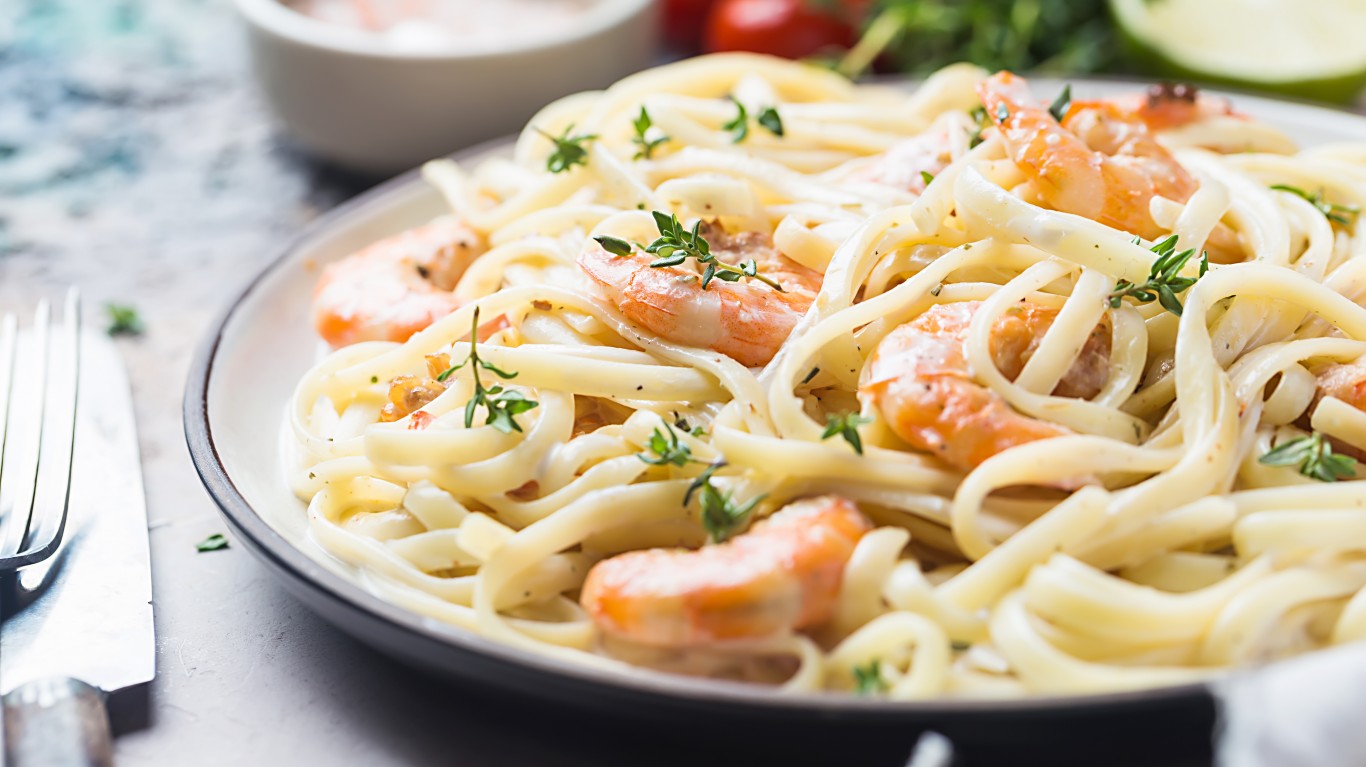
How many bowls of pasta do you think you can realistically eat before feeling uncomfortably full? How many bowls of soup or breadsticks? Ordering an unlimited amount of food certainly sounds like a good idea at the time, but there are a couple of downfalls: One because the restaurant doesn’t necessarily want to lose money on every order, the quality of that unlimited food might not be top-notch. Second, you’re bound to eat so much that you’ll need to be rolled home. And third, if it’s the appetizer round that’s unlimited, good luck enjoying your entree. Don’t forget: our eyes are usually bigger than our stomachs, as the saying goes.
Creamy Soups As an Appetizer
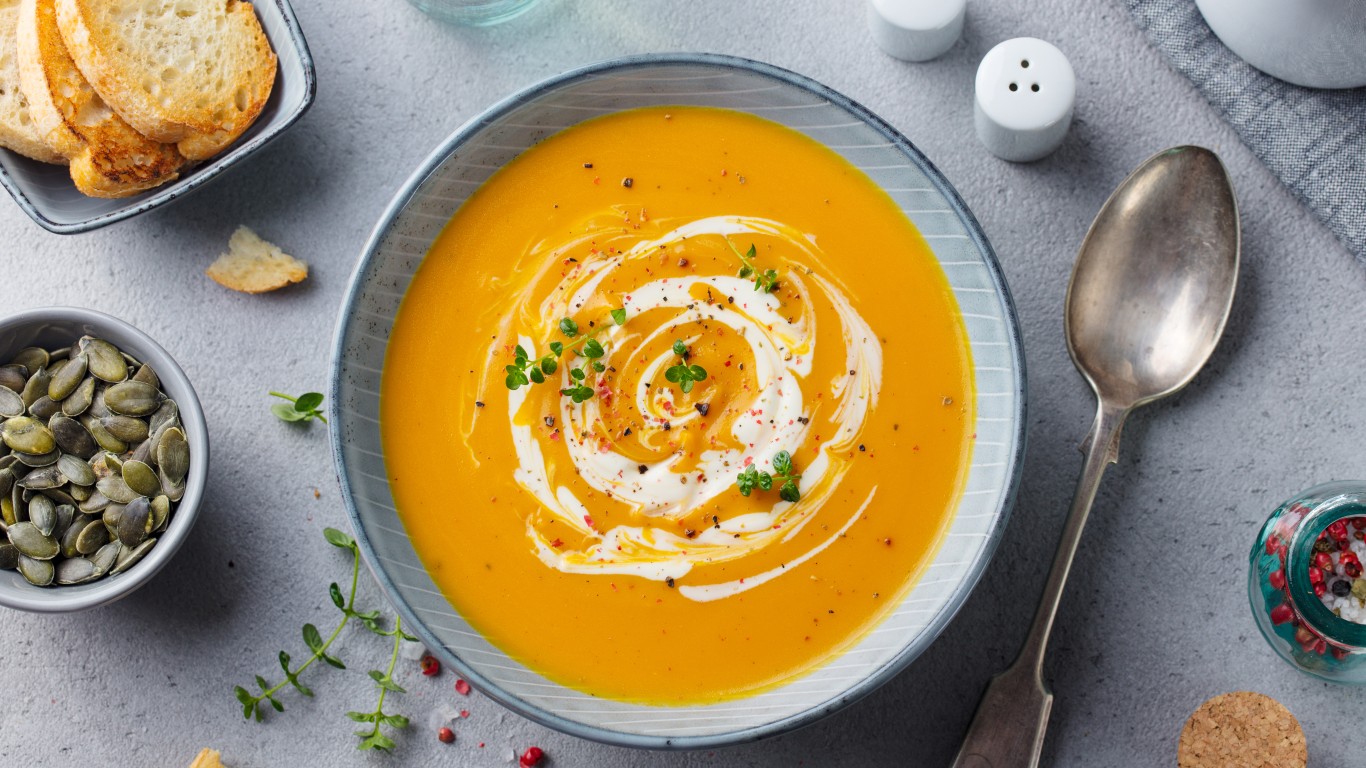
While we’re on the subject of filling up on appetizers, watch out for the soup. A small cup of a broth-based soup like chicken noodle or minestrone can be a great way to start your meal, but watch out for the thick and/or creamy soups like New England clam chowder and split pea: those hearty soups can get really filling, really fast. And at high-end restaurants like steakhouses, the portion will most likely be larger than you think. And trust us: few things in life are more disappointing than not being able to enjoy a $60 ribeye because you filled up on the split pea soup and bread first.
Sugary Drinks With Free Refills
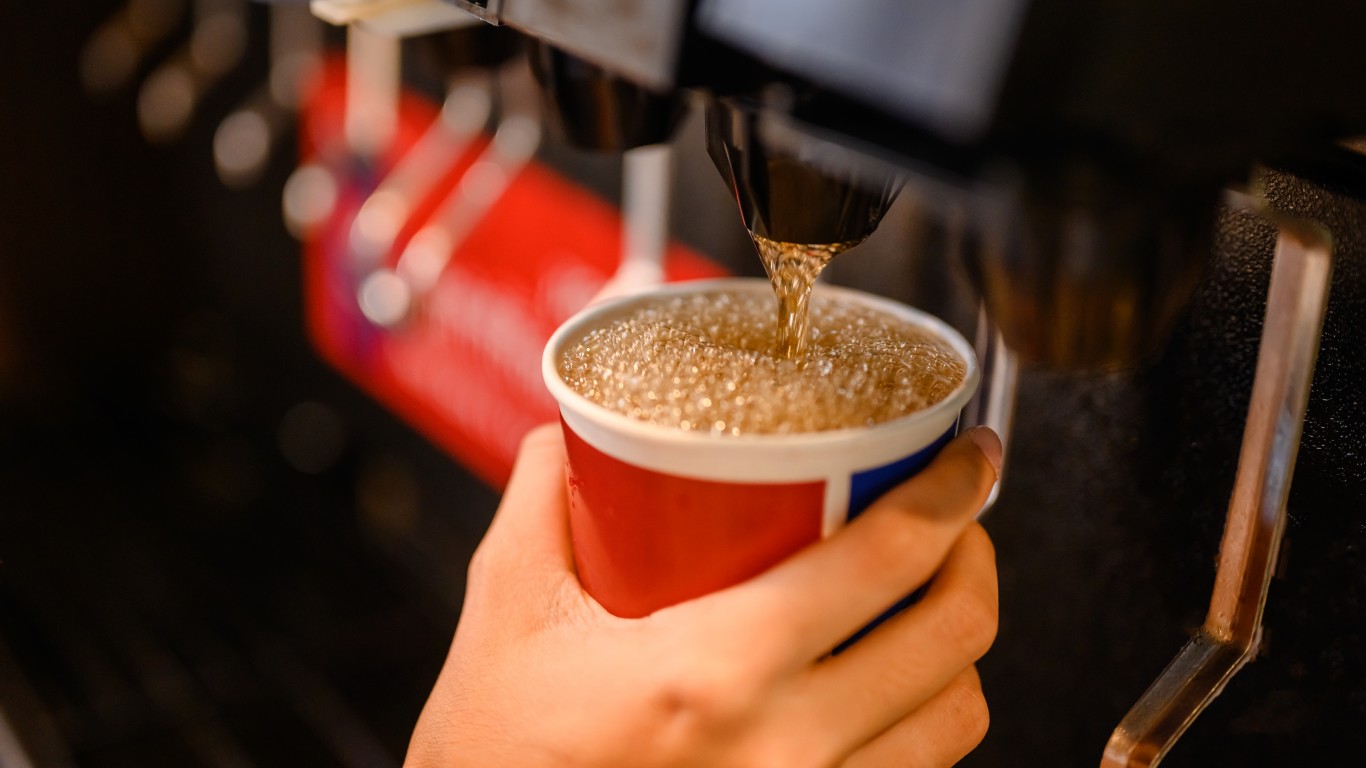
If we’re going to consume a lot of calories with our dinner, we’d prefer those calories come from a stack of crispy onion rings or a slice of cheesecake. But if you order a non-diet soda or sweet iced tea with your dinner and keep those free refills coming, you might end up drinking up a lot more calories than you realize.
Smoothies & Milkshakes as a Beverage
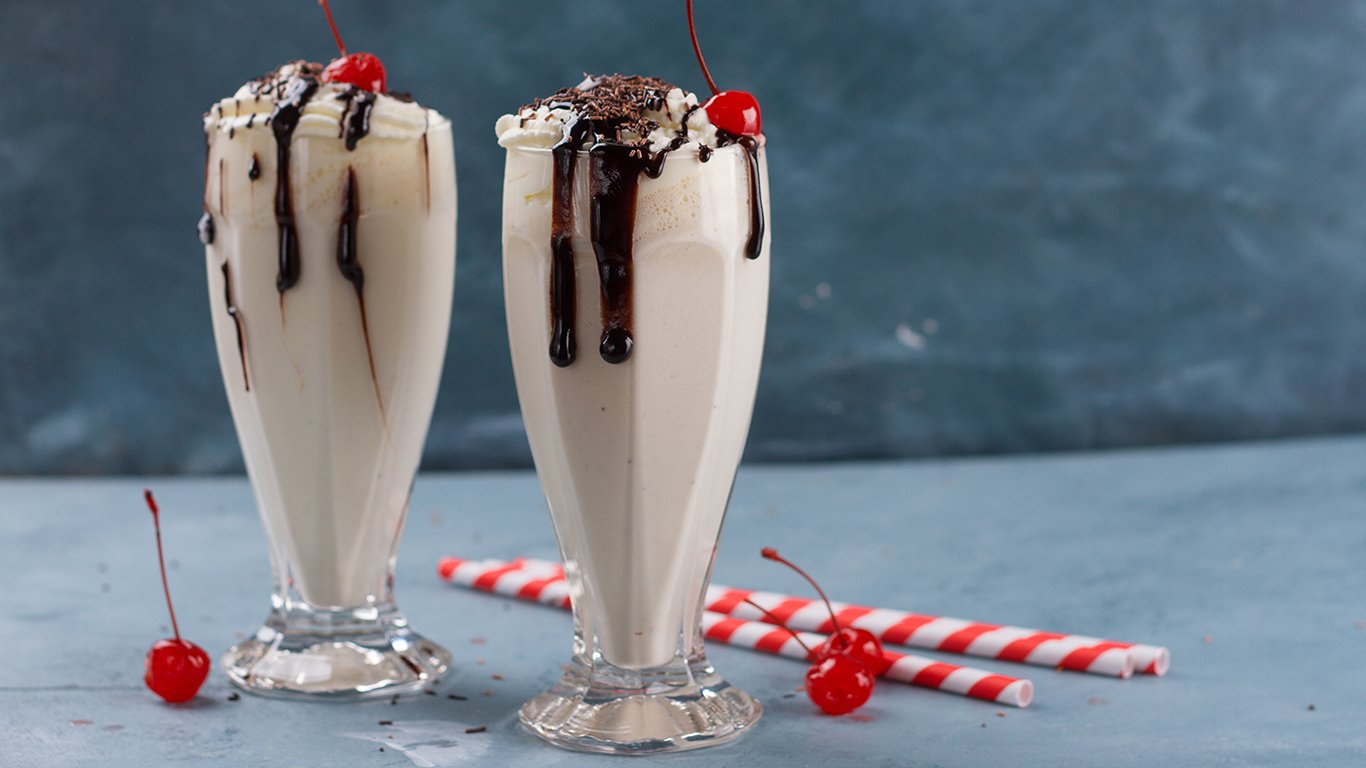
In the same vein, smoothies and milkshakes are also essentially desserts and not the ideal beverage to wash down spaghetti bolognese with. They also tend to be really filling, taking up valuable stomach space.
Rare Burgers
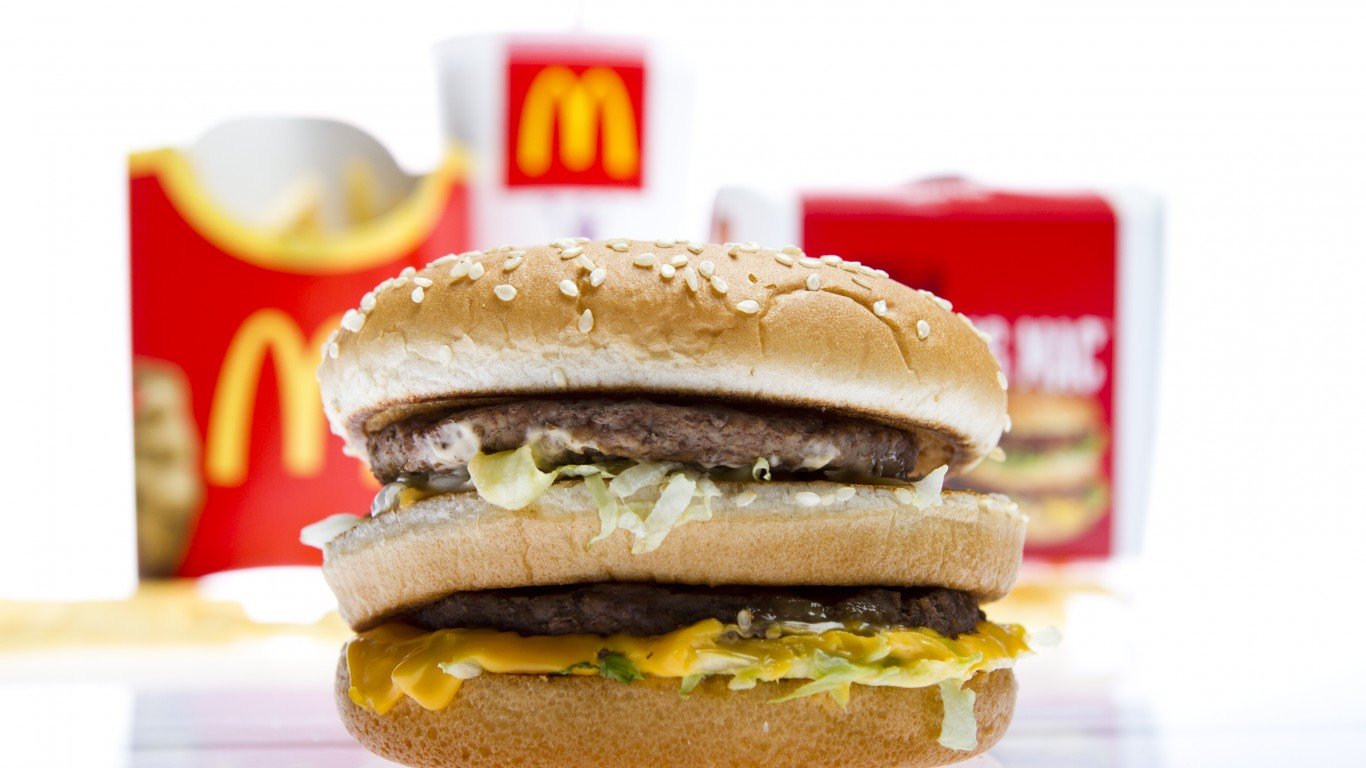
Ground beef tends to carry a higher risk of foodborne illness than whole cuts because the bacteria that’s on the outside of a steak is killed when it’s cooked, as opposed to mixed in with the rest of the beef when it’s ground up. At a reputable restaurant that serves beef that’s been properly sourced and stored, this usually isn’t anything to worry about. But if the restaurant seems a little dodgy and you’re in the mood for a burger, you should probably err on the side of caution and order it at least medium-well.
Sprouts
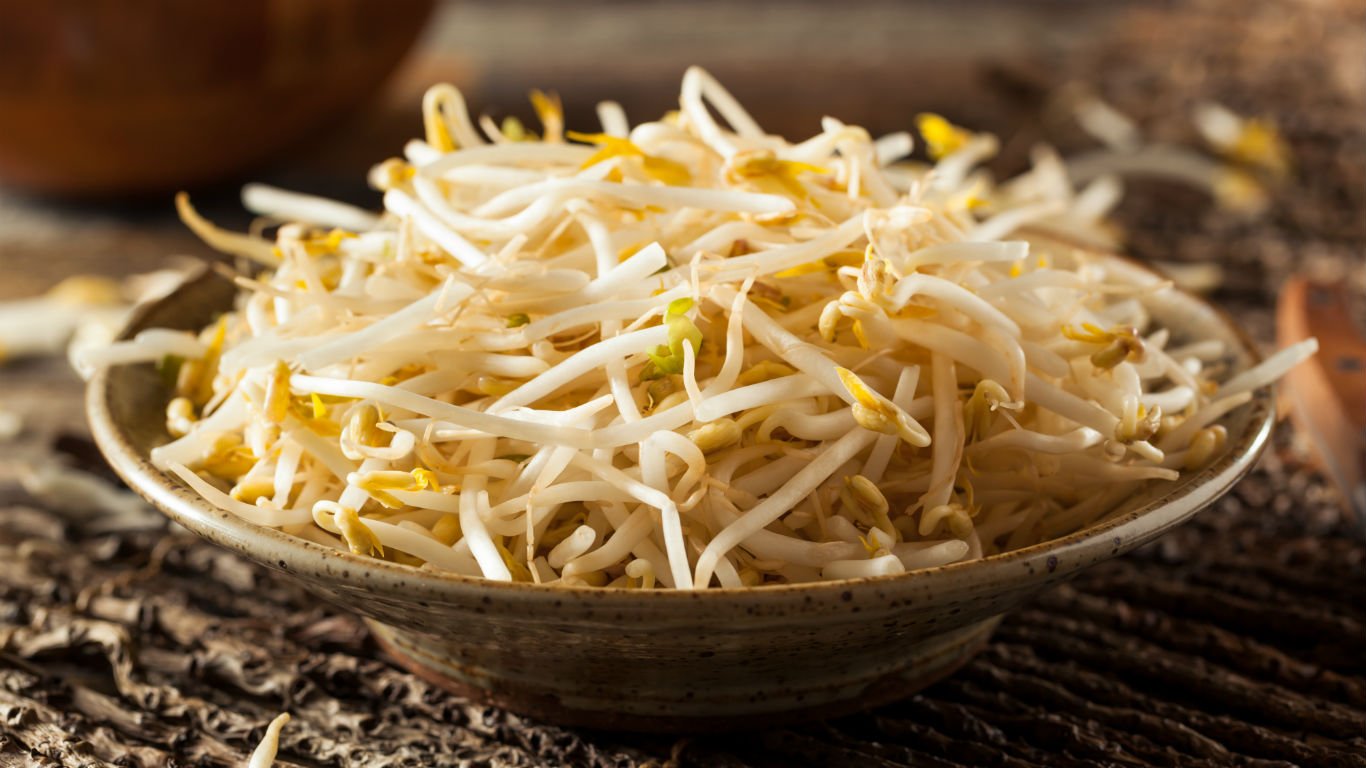
Few foods have been associated with more bouts of foodborne illness than sprouts (alfalfa and bean sprouts, for example). This is for a few reasons: One, they’re usually grown in warm and humid environments, ideal bacteria breeding ground. Two, their shape makes them difficult to properly wash. And three, they’re served raw. It’s probably best to leave them off your salad.
Shared Bar Snacks
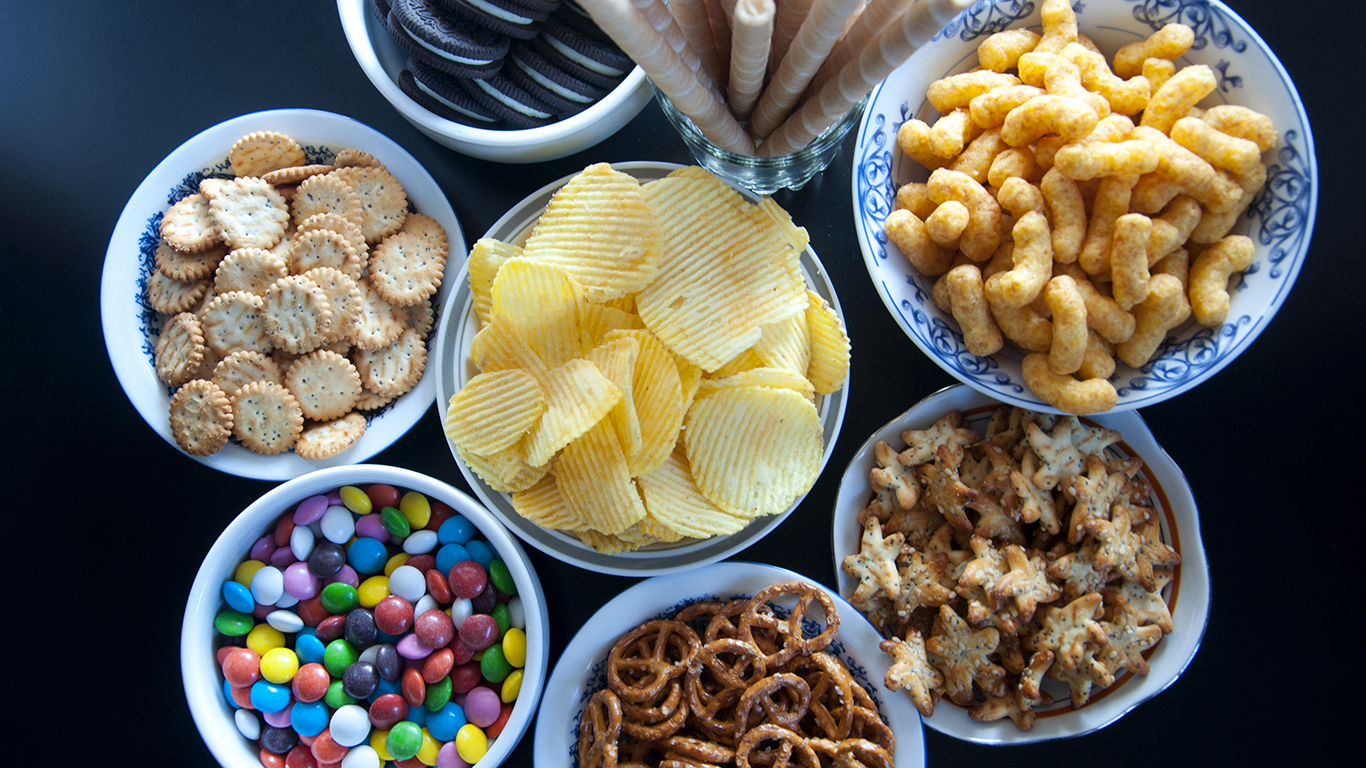
That bowl of shared free pretzels or peanuts sitting on the bar might look mighty tempting after a couple of pints of beer, but it should be fairly obvious by now that you don’t want to be eating from a communal bowl of food that others have been sticking their hands into. Thankfully, post-Covid, most bars have abandoned this practice and sell bags of chips instead.
Food & Drink Garnishes
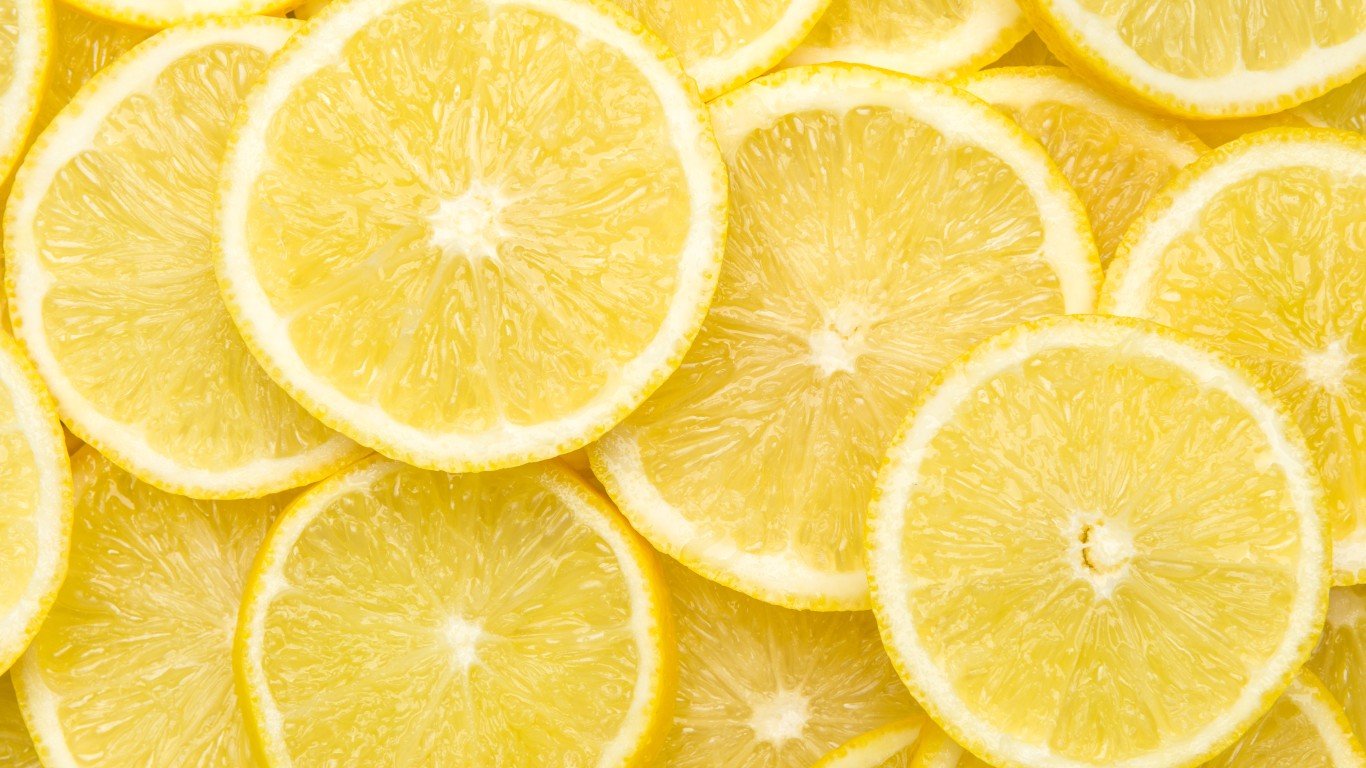
Similarly, that lemon on the rim or your Diet Coke or pineapple wedge garnishing your pina colada is most likely not super-clean, either. They’re usually sliced up by a bartender who may or may not have washed their hands, on a cutting board that may or may not be clean, and they’ve been sitting out on the bar for a while, too. If you want to squeeze the lemon or lime into your drink that’s fine, but just to be safe you probably shouldn’t drop the whole thing into it. And once you’re seated, if there’s some superfluous kale on your plate, you should probably leave that be, too.
Large Wagyu Steaks
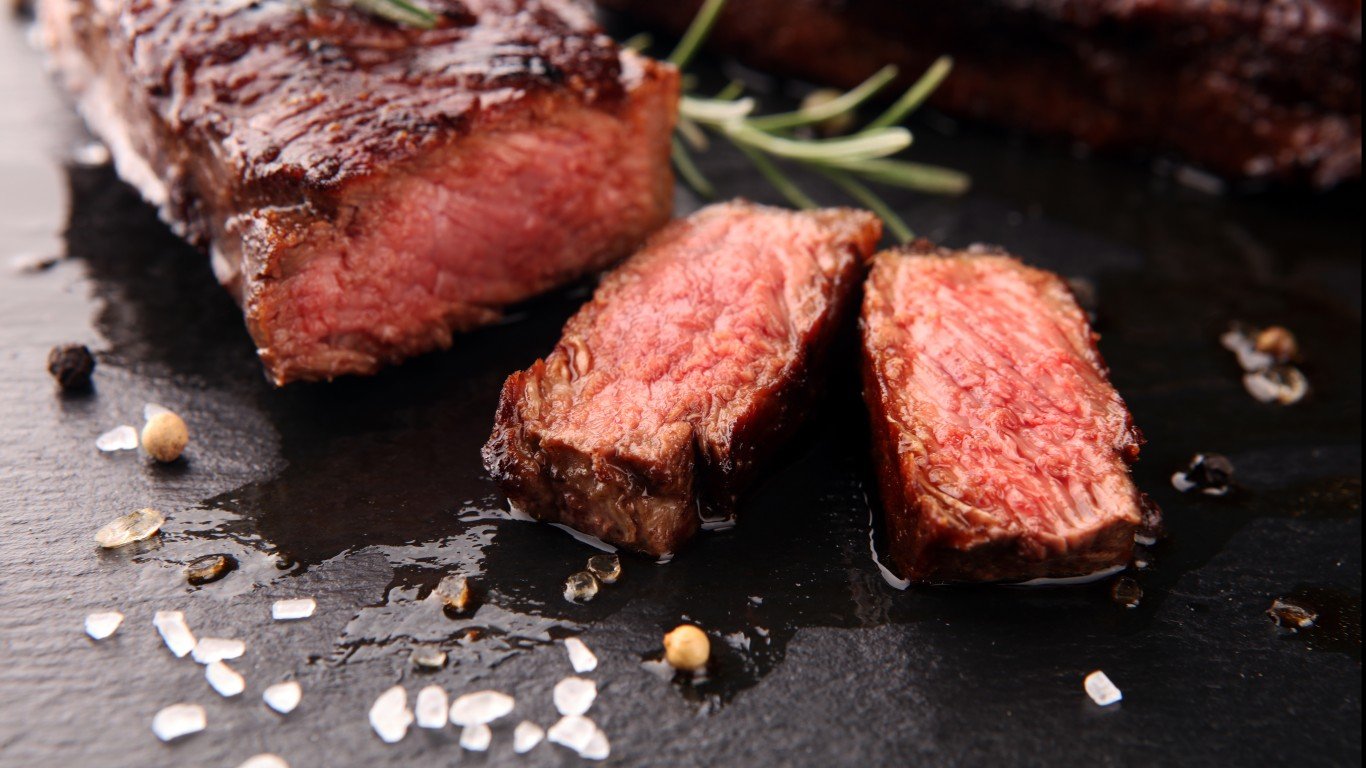
Wagyu is the pinnacle of beef, rightfully regarded as the highest quality of steak you can buy (it’s also usually shockingly expensive). You might be able to down a traditional 12-ounce steak no problem, but Wagyu has one major, obvious difference from regular beef, which is evident just by looking at it: it has a lot more marbling, or intramuscular fat. For this reason, it’s incredibly rich and filling. Wagyu is usually priced by ounce for a good reason. If you’re ordering a Wagyu steak, you most likely aren’t going to want to order more than four ounces per person; after that, the law of diminishing returns begins to take effect quickly.
Shellfish & Sushi When It’s Not the Restaurant’s Focus
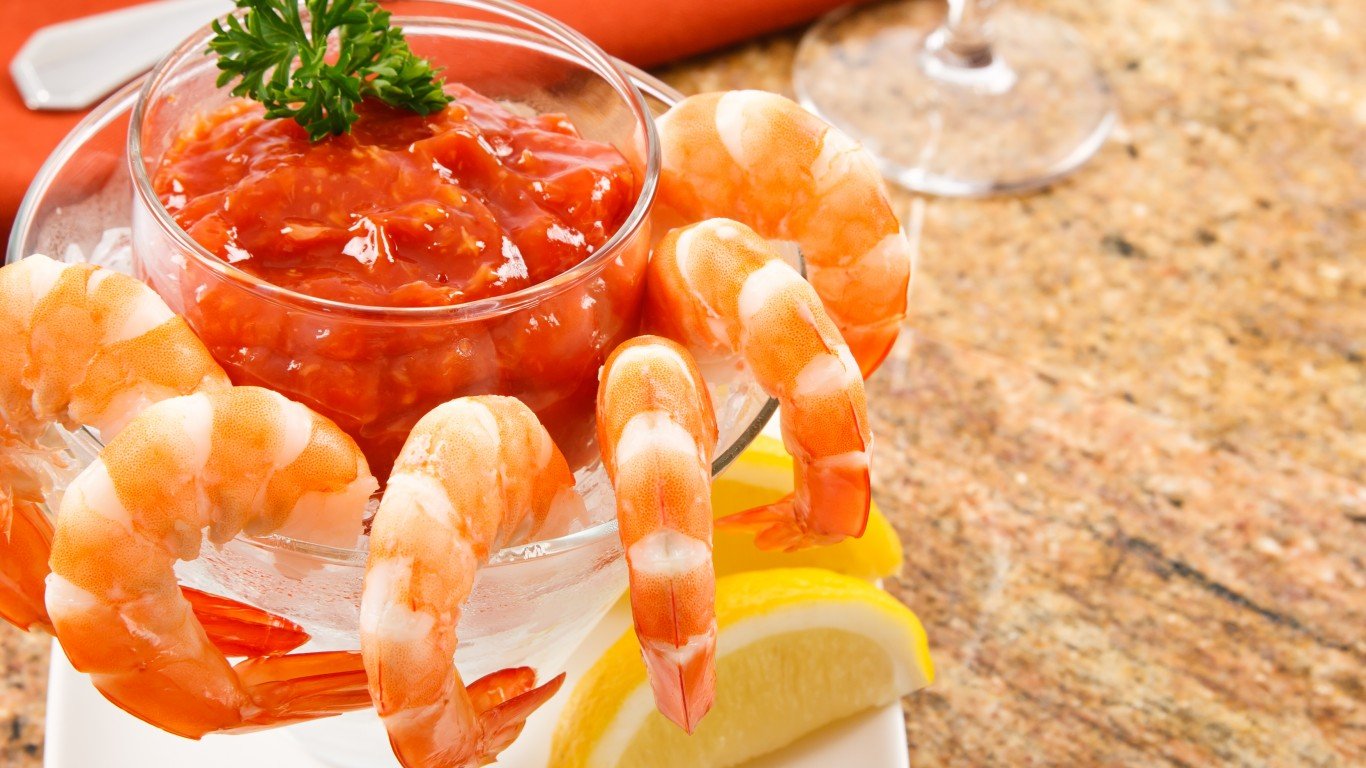
If you’re in a Japanese restaurant or one of those steakhouses that also serves great sushi, then order the sushi. If you’re in a so-so Chinese restaurant that also offers some sushi for no apparent reason and nobody else in there is eating it, don’t order the sushi. If you’re in a French bistro, order the mussels. If you’re in a sticky-floored bar, don’t order the mussels. If you’re in a seaside lobster shack or clam bar, go ahead and order the bounty of the sea. If you’re in a diner hundreds of miles from the ocean, who knows how long that lobster has been in the freezer? In short, Before you order anything that might put your intestinal well-being at risk, read the room.
Grilled Cheese

A grilled cheese is one of the easiest foods to cook at home. It also tends to get a little soggy if left on the plate for too long before being eaten. For those two reasons, you really shouldn’t order a grilled cheese at a restaurant. Just make one for yourself instead; it’ll taste better.
Gimmicky Foods
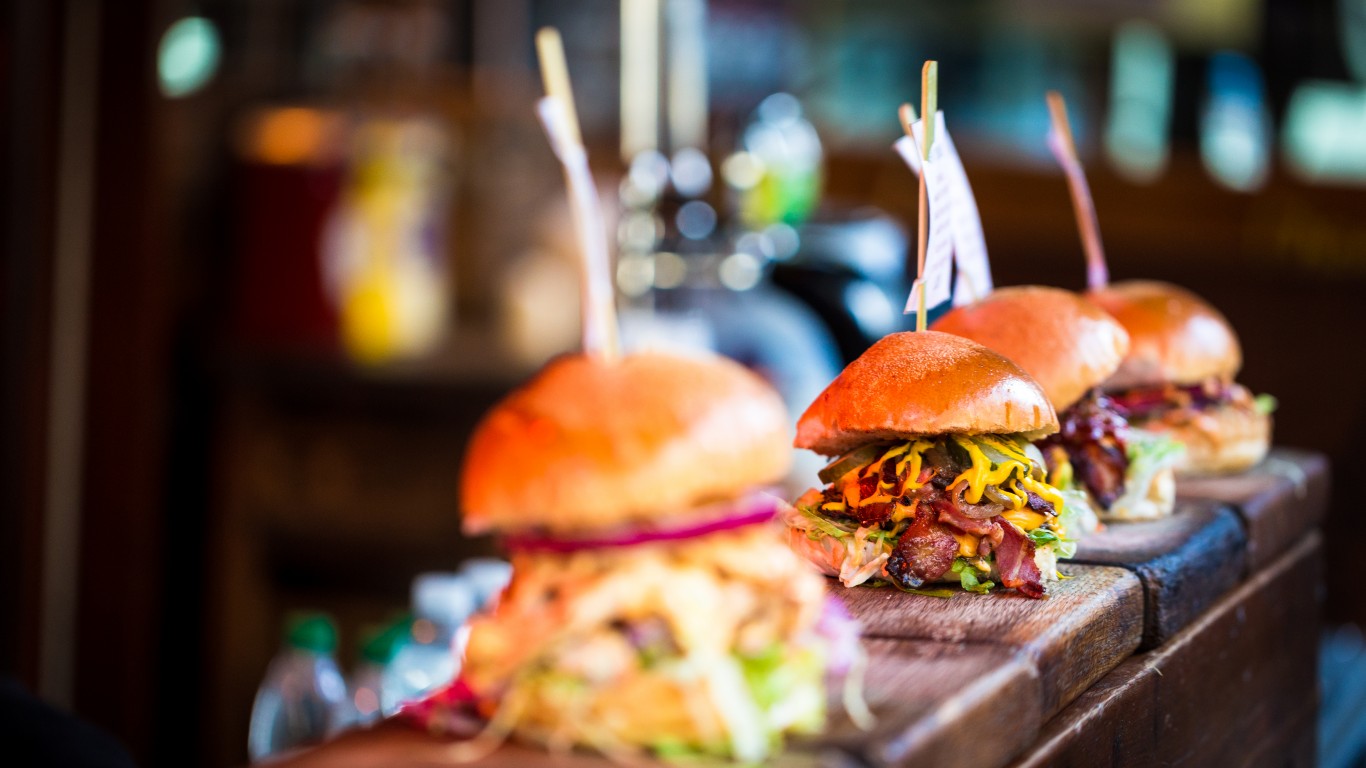
If you’re browsing a menu and you encounter something that’s truly head-scratching (burgers are usually involved), you probably shouldn’t order it. Gimmicky foods are usually just added to menus for attention and are usually overpriced amalgams of foods that don’t actually complement each other very well. These blatant attention-grabbers are just one example of foods we wish would be banned.
